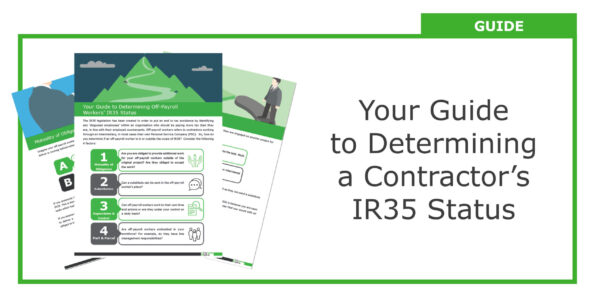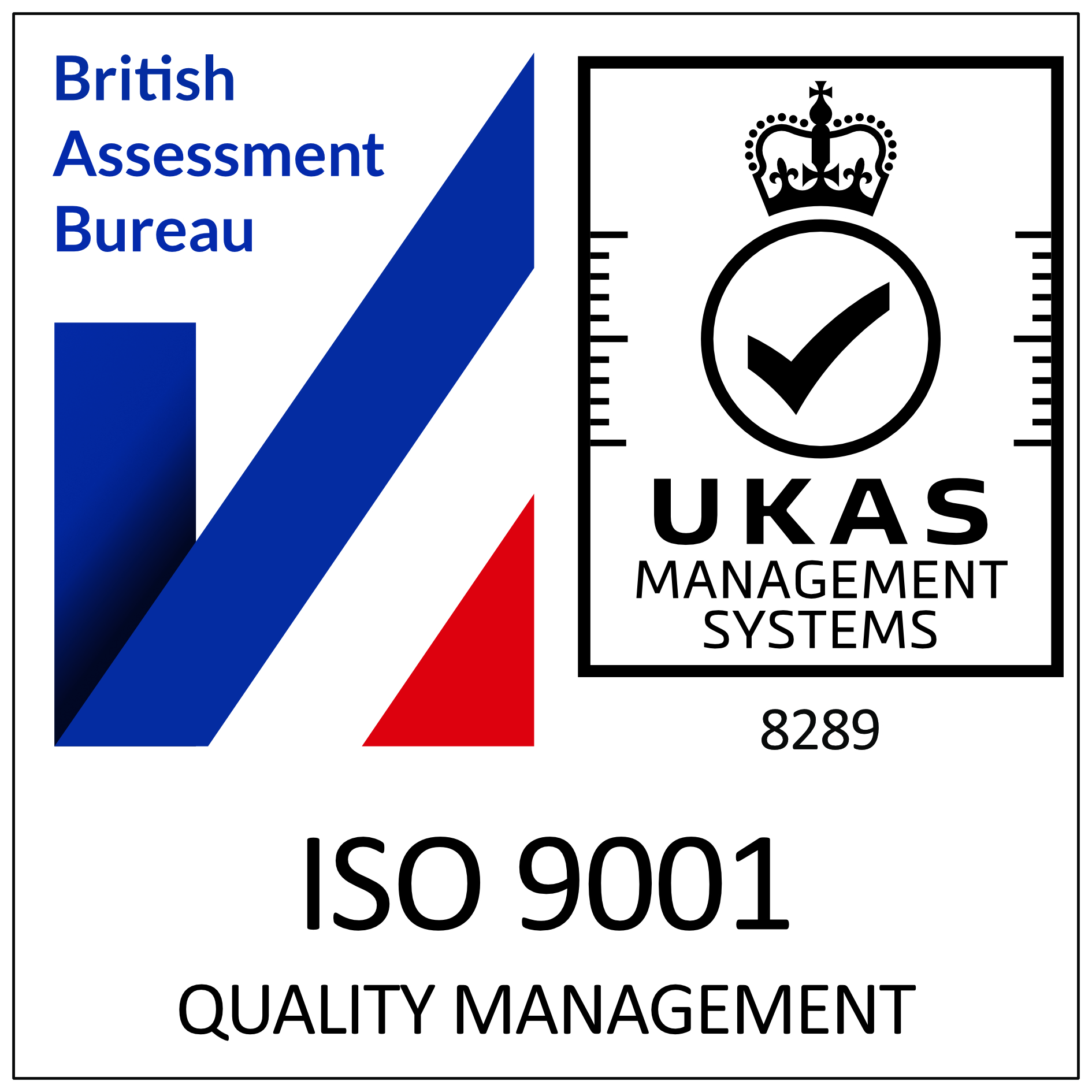The 6 Things You Need to Know About IR35 in the Private Sector!
Since April 2021, privately owned medium and large businesses that employ off-payroll workers (contractors) have been subject to the IR35 reforms. We know that the information around IR35 can be overwhelming, so our quick-fire checklist will help bring you up to speed without bamboozling you. We also delivered a free webinar on IR35 webinar. You can find more information and watch the webinar here.
1. IR35 is tax legislation designed to identify ‘disguised employees’ in the workplace i.e. off-payroll workers who behave and are treated like employees but operate their own Personal Service Company (PSC) and therefore are unlikely to be paying the same tax and national insurance contributions as an employee. Read our Employer’s Guide to IR35 in the Private Sector to find out more.
2. The IR35 reforms has applied to medium and large sized businesses in the private sector since April 2021. To read the full definition of eligible medium and large sized businesses, check back on our blog ‘An Employer’s Guide to IR35‘.
3. Since April 2021, the determination of whether off-payroll workers are inside IR35 or outside IR35 should be made by the end client (i.e. the receiver of services) rather than the contractor themselves. The determination and subsequent decision should be documented (for evidence purposes) and communicated before off-payroll workers commence an assignment.
4. Liability is attached to the fee payer who is responsible for collecting the correct tax and national insurance. The fee payer is the business that has the direct relationship with the contractor. This could be the client or a recruitment agency.
5. How off-payroll workers are utilised and treated within a business will determine whether the worker is inside IR35 or outside IR35.
6. Determination of IR35 status must be completed on a case by case basis – a blanket decision cannot be made across multiple off-payroll workers.












